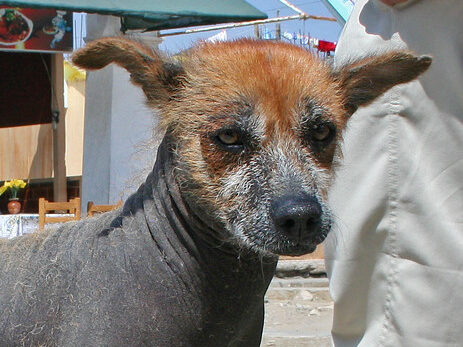
Golden Retrievers? Everywhere. Frenchies? Of course. Doodles in every imaginable combination? Practically unavoidable. But beyond the typical dog park lineup, there’s a fascinating, under-the-radar world of canine companions you’ve probably never seen in real life—let alone seen chasing a tennis ball in your local park. These 15 dogs are so uncommon that spotting one in the wild is like seeing a unicorn with a leash.
Azawakh
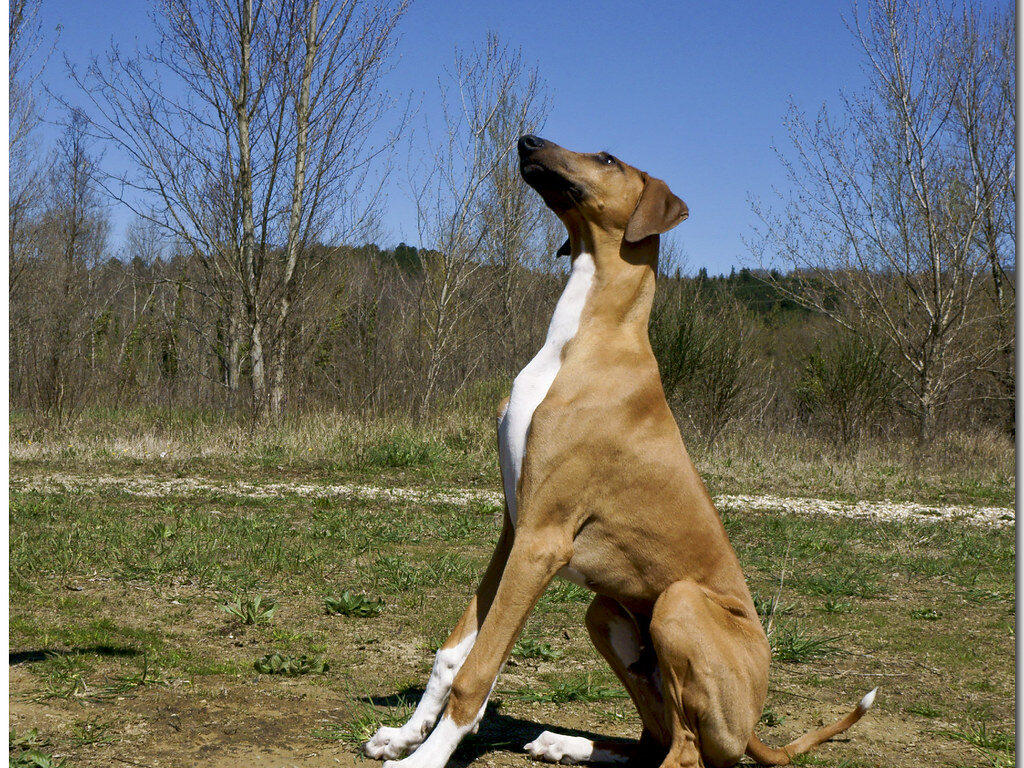
Lean, long-legged, and almost impossibly elegant, the Azawakh is a sighthound bred by the nomadic Tuareg people of West Africa. Used for hunting and guarding, they’re as fast as they are independent. These dogs are incredibly loyal to their families but aloof and cautious around strangers. Their regal look turns heads, but their rarity keeps them a mystery to most.
Mudi
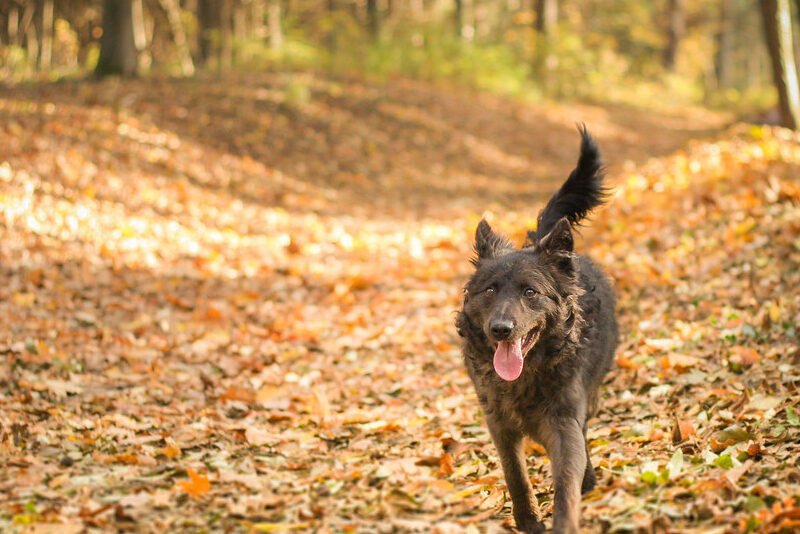
The Mudi is a curly-coated herding dog from Hungary that somehow manages to stay under the radar despite its intelligence and athleticism. They’re quick, agile, and excel in dog sports, yet their numbers remain low—even in their native country. Part of what makes the Mudi rare is how specific their skillset is: they’re built for work, and without it, they get bored fast.
Thai Ridgeback
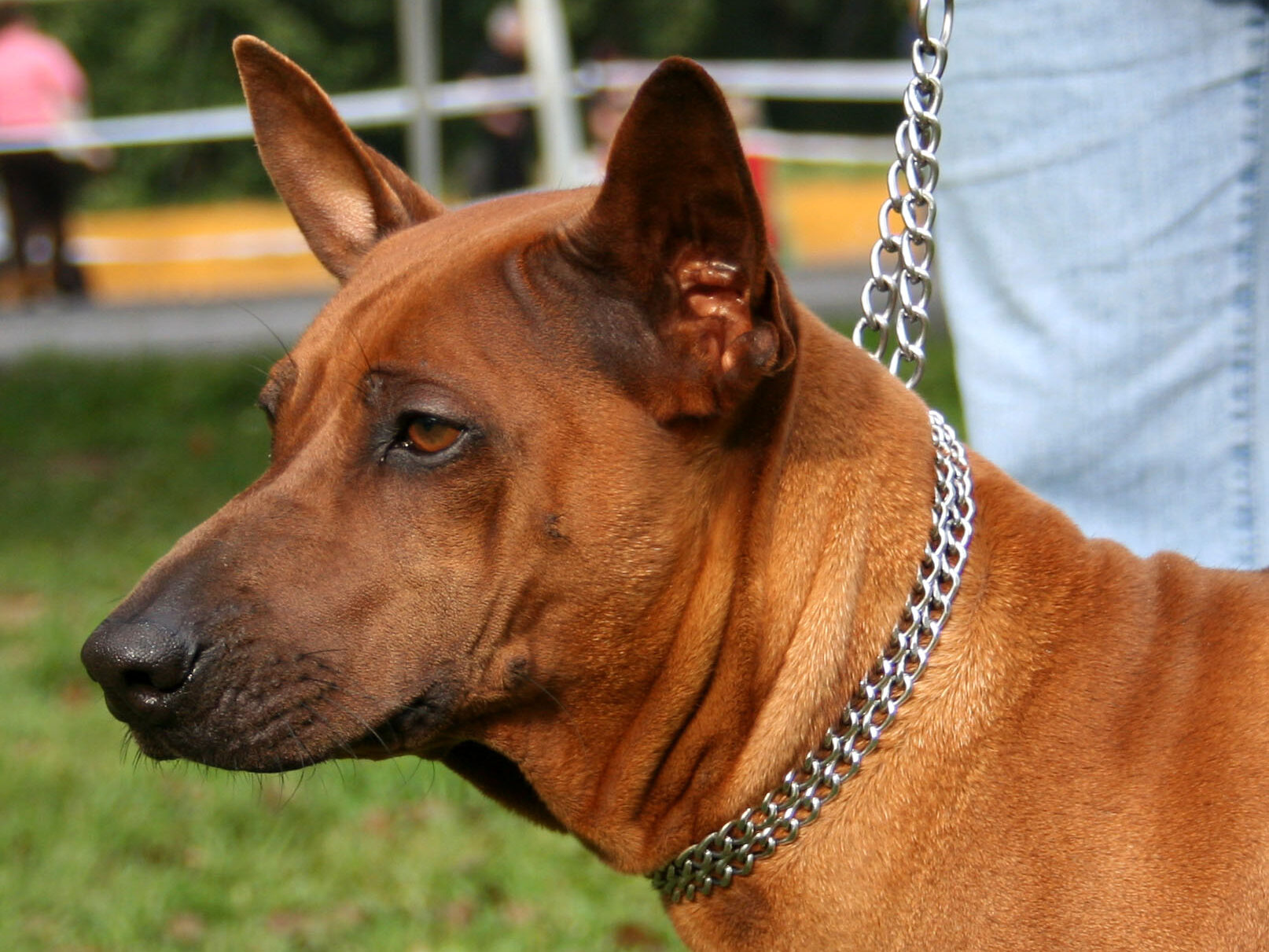
The Thai Ridgeback is sleek, strong, and fiercely loyal—but don’t expect one to run up for pets. Bred in Thailand as a guard dog and hunter, this breed has a distinctive ridge of hair along its back that grows in the opposite direction of the rest of its coat. It also has an independent streak that is a mile wide. They’re wary of strangers and not overly social, so most owners keep them in secure, quiet environments.
Norwegian Lundehund
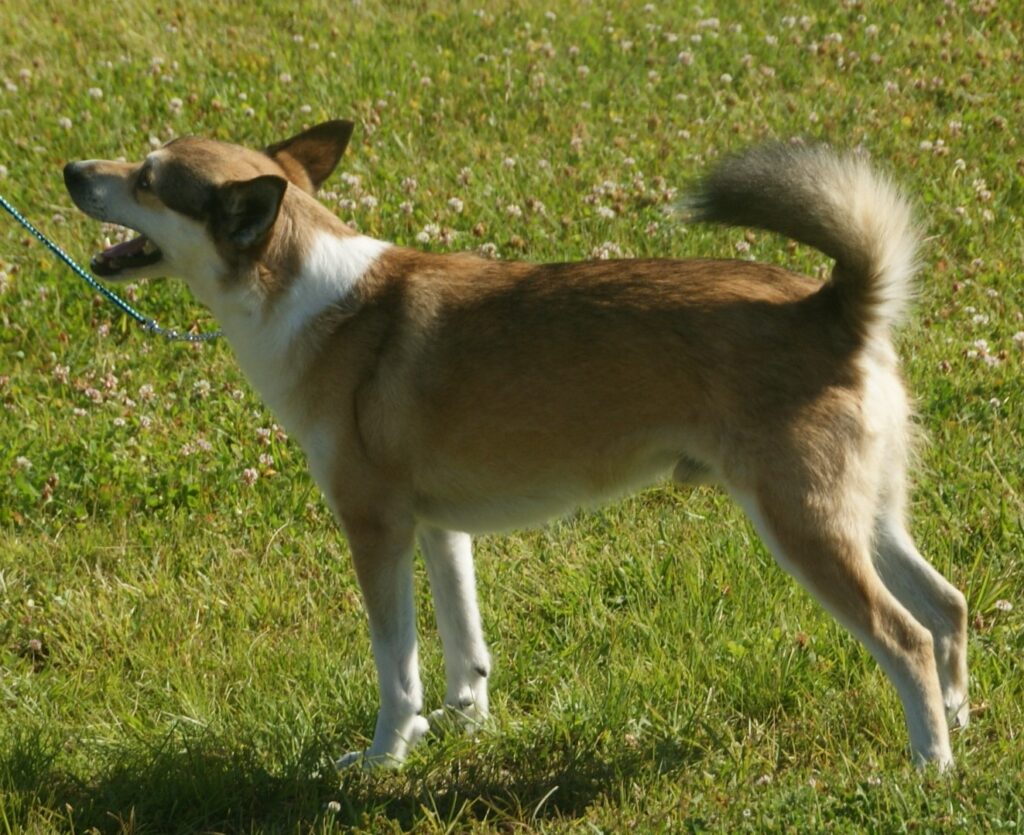
Most dogs don’t come with a side of evolutionary weirdness, but the Norwegian Lundehund is built different—literally. This small, fox-like pup has six toes on each foot, extra neck flexibility, and can close its ears to keep out water and dirt. These traits helped it scale cliffs in Norway to hunt puffins (yes, puffins), but they also make it a high-maintenance companion.
Otterhound
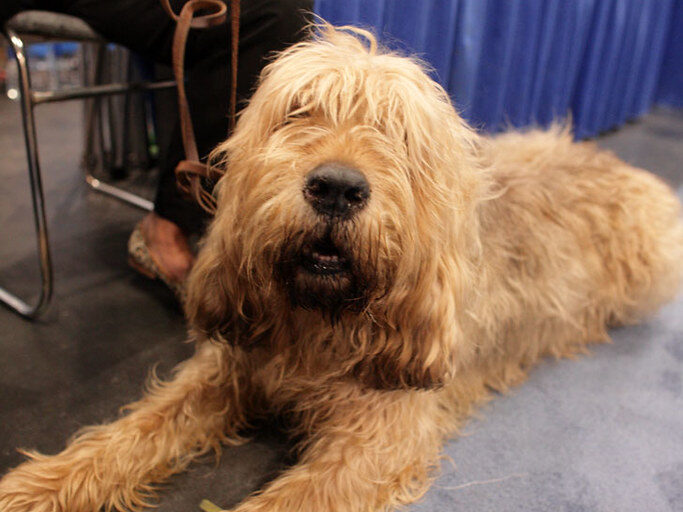
Large, shaggy, and blessed with a sense of smell that rivals the Bloodhound, the Otterhound is built for tracking prey through rivers and wetlands. Originally used to hunt otters in medieval England (before that became illegal), this breed is now critically endangered, with fewer than 1,000 left in the world. They’re affectionate and goofy but require a lot of space, a lot of grooming, and a lot of exercise.
Lagotto Romagnolo
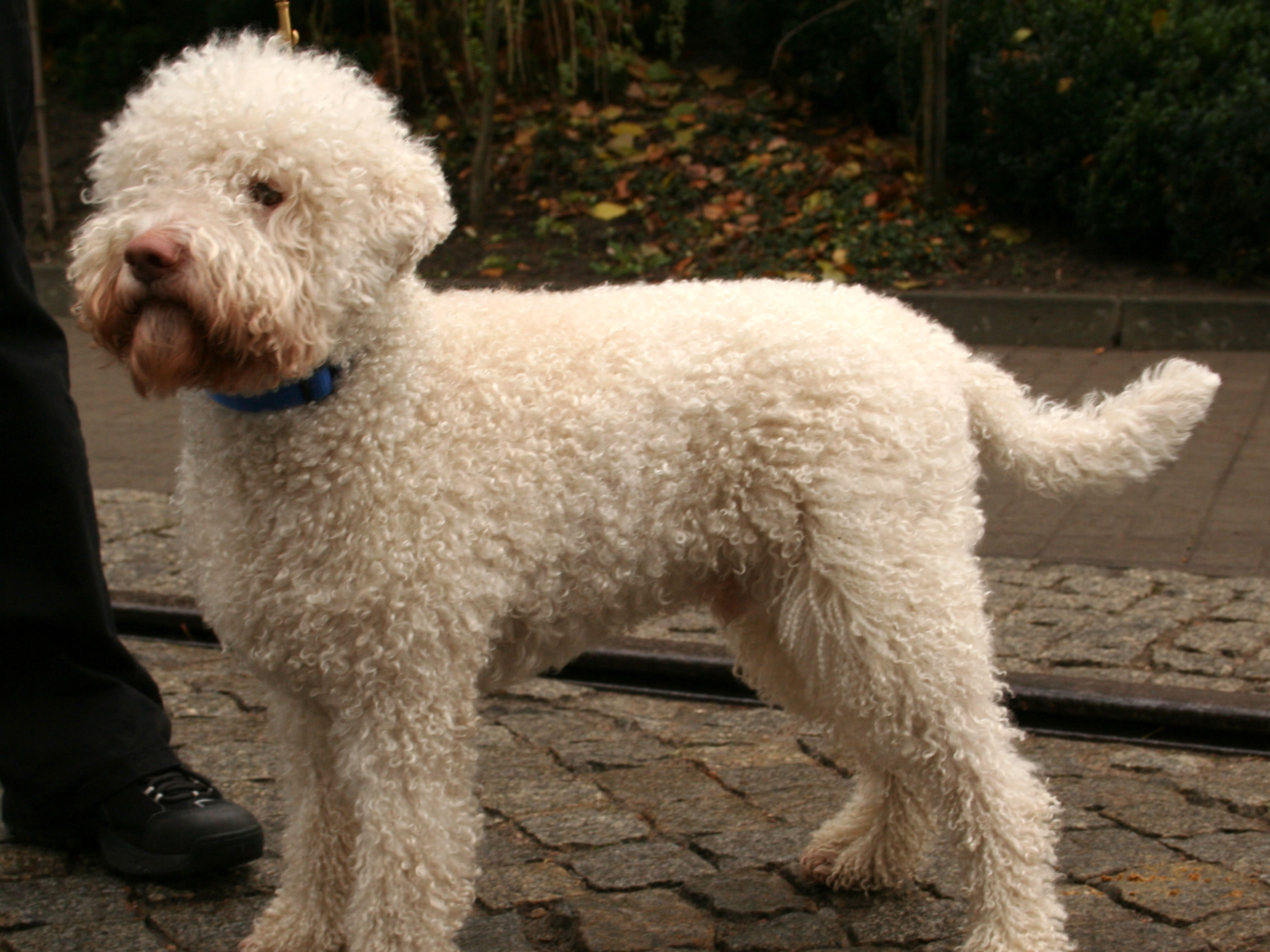
With its curly coat and teddy bear face, the Lagotto Romagnolo might be mistaken for a doodle mix—until it starts digging for truffles. This ancient Italian breed was originally a water retriever but became famous for its uncanny ability to sniff out truffles underground. It’s still rare outside Italy, though it’s gaining popularity in gourmet-loving circles. These dogs are affectionate, smart, and surprisingly low-shedding.
Peruvian Inca Orchid
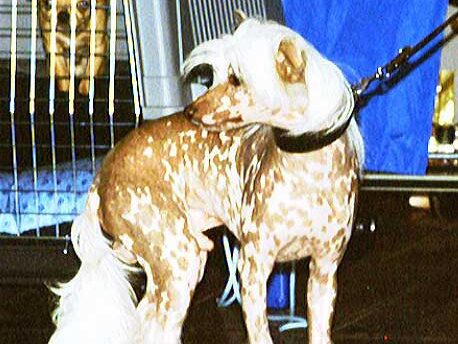
With its elegant build, narrow head, and lack of fur, the Peruvian Inca Orchid looks more like a museum piece than a pet. This breed has existed in Peru since ancient times and was revered by early civilizations. Today, they’re still rare, even in their native country. Their hairless skin makes them sensitive to sunlight and temperature changes, so they often wear doggy sunscreen and clothes—not exactly dog park-ready gear.
Xoloitzcuintli (Mexican Hairless Dog)
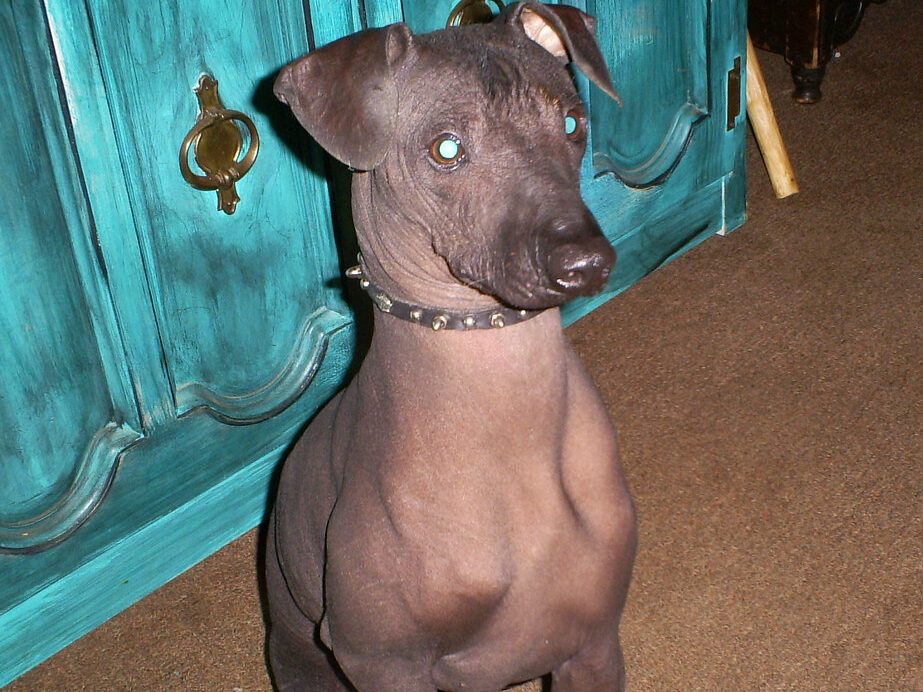
Affectionately called the “Xolo” (say it: SHOW-lo), this ancient breed has been around for over 3,000 years. Revered by the Aztecs and believed to guide souls to the afterlife, the Xolo comes in three sizes—toy, miniature, and standard. Despite their deep cultural significance in Mexico, they’re incredibly rare elsewhere. Calm, alert, and hypoallergenic, Xolos make fantastic companions for the right household.
Catahoula Leopard Dog
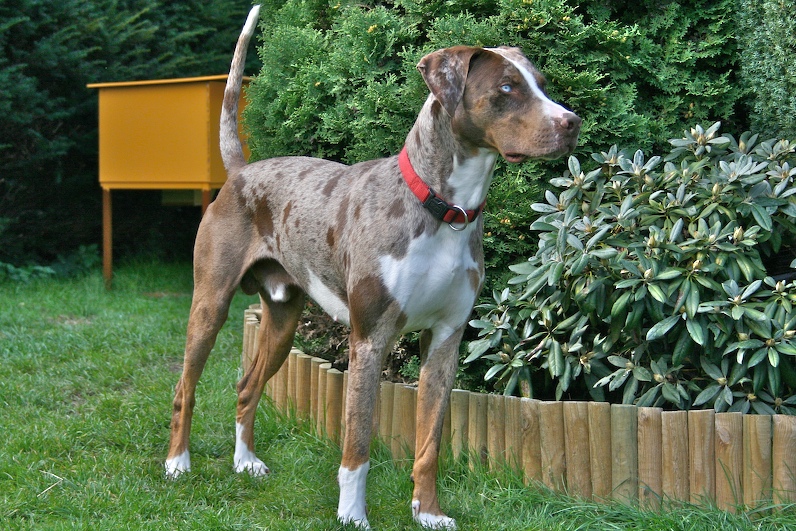
Despite being the state dog of Louisiana, the Catahoula is not a common sight outside the American South. With their striking spotted coats and piercing eyes, they’re true working dogs—bred to herd, hunt, and tree wild hogs. They need room to roam and a job to do, and without that, they can become restless or destructive. For this reason, they’re rarely seen in urban parks or casual suburban settings.
Bergamasco Sheepdog
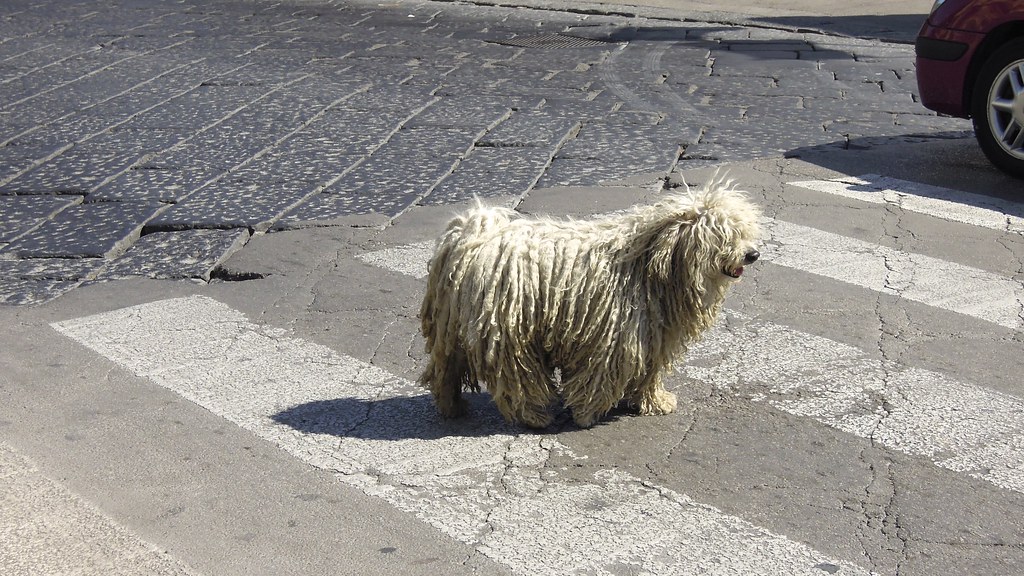
If you spot a walking mop with legs, congratulations—you’ve just seen a Bergamasco. Native to the Italian Alps, this herding breed is best known for its long, felted coat that forms naturally into dreadlock-like mats. Surprisingly low-maintenance (the coat rarely sheds), Bergamascos are rare outside Europe and tend to attract serious dog lovers who appreciate history and function.
Kai Ken
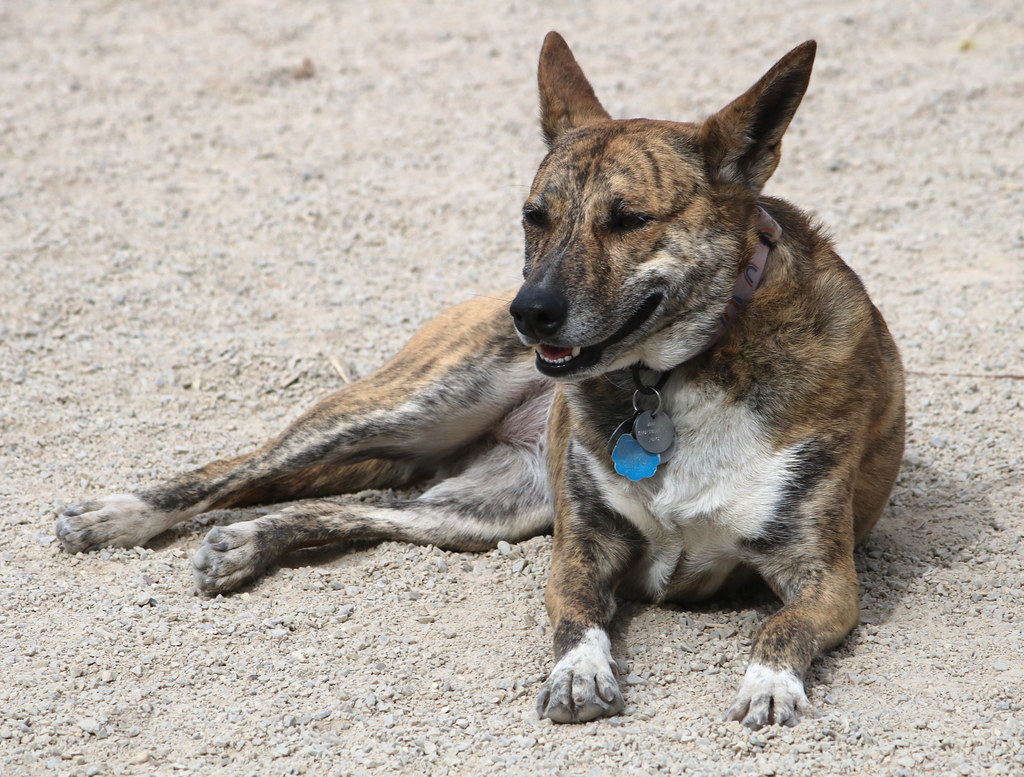
One of Japan’s six native dog breeds, the Kai Ken is a brindle-coated beauty also known as the “Tiger Dog.” Bred in the mountains to hunt wild boar and deer, they’re strong, silent, and fiercely loyal. Due to Japan’s strict breeding and export regulations, very few Kai Kens exist outside of the country. If you see one in your lifetime, you’ve basically hit the dog lover’s jackpot.
Sloughi
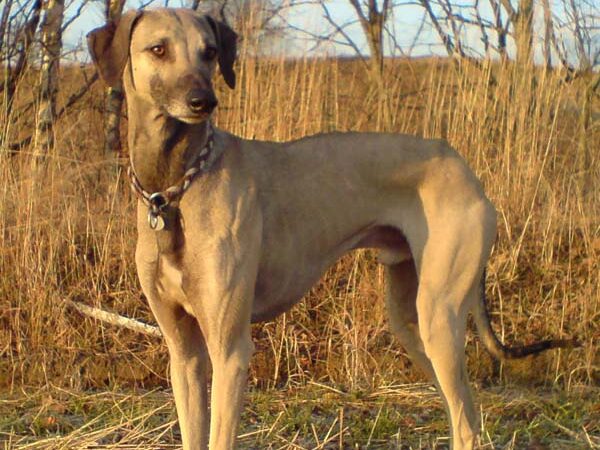
Also known as the Arabian Greyhound, the Sloughi is a North African sighthound that combines elegance, speed, and quiet dignity. Unlike many other sighthounds, Sloughis are deeply reserved and almost cat-like in their independence. They don’t tolerate chaos well and aren’t particularly fond of noisy, unpredictable places—like most dog parks. Their sensitivity, rare bloodlines, and specific needs keep them far from the mainstream.
New Guinea Singing Dog
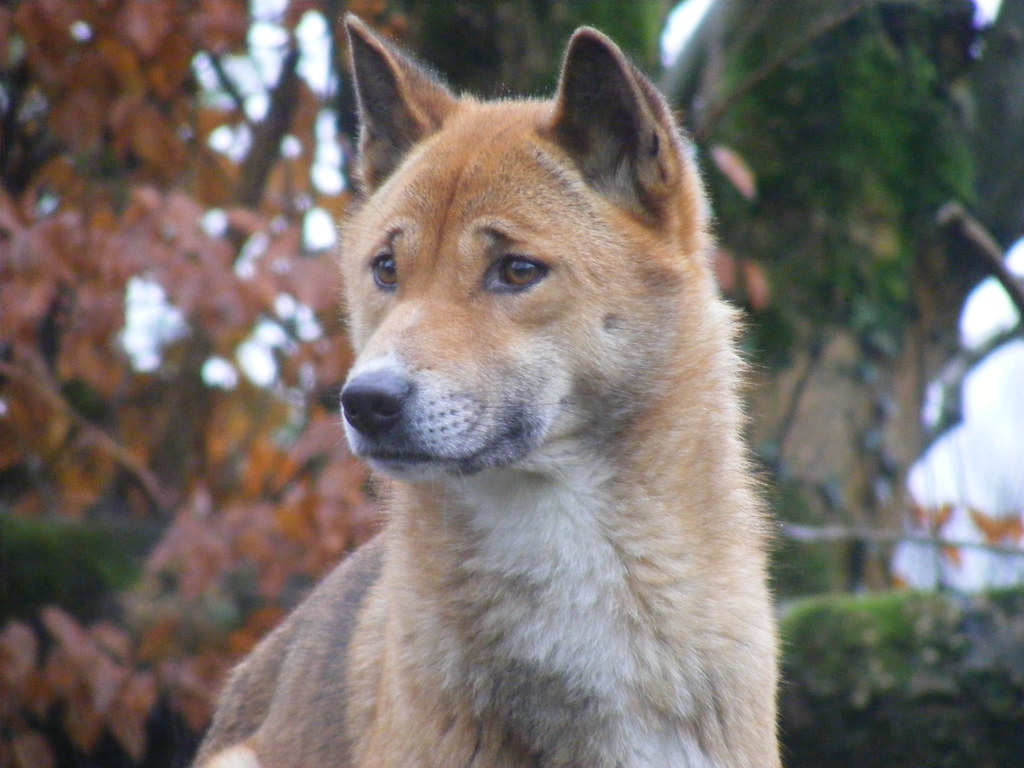
Part dog, part enigma, the New Guinea Singing Dog is known for its eerie, melodic howls that earned it its name. Believed to be a wild-dog species native to the mountains of Papua New Guinea, it was once thought to be extinct in the wild. Though a few have been kept in captivity for study, sightings (and ownership) are exceedingly rare.
Kooikerhondje
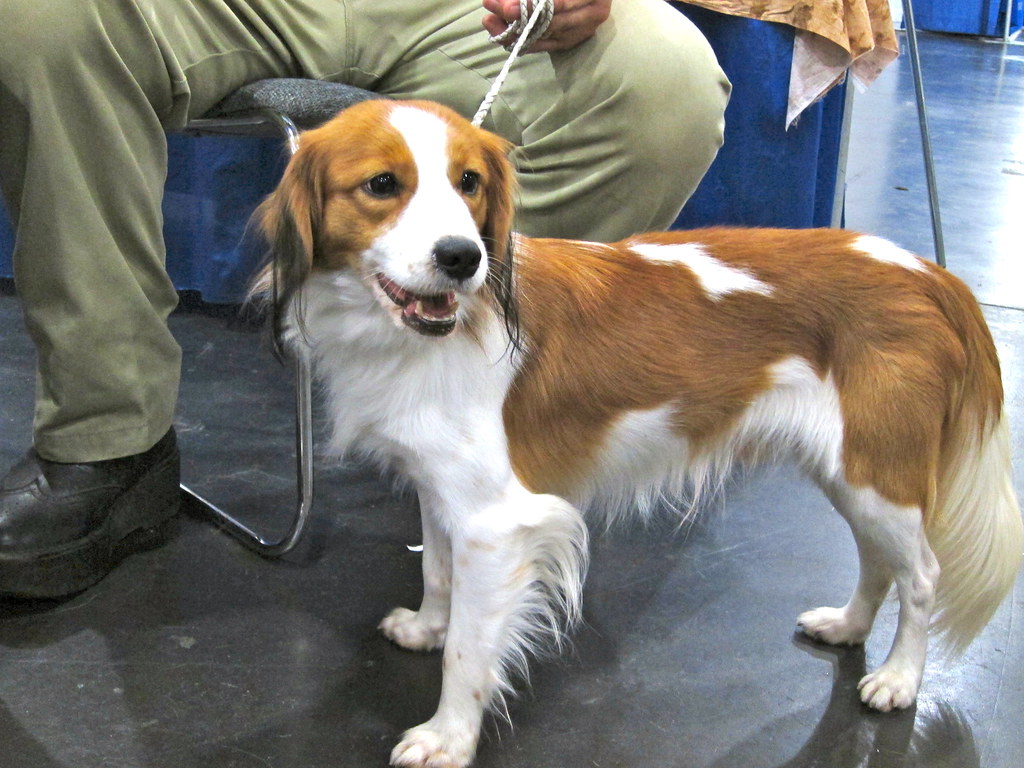
This Dutch breed with the impossible-to-pronounce name (it’s KOY-ker-hond-yuh) was bred to lure ducks into traps using its fluffy white tail. Adorable and clever, yes—but also super rare outside the Netherlands. Kooikerhondjes are energetic, sensitive, and tend to be wary of strangers. They’re gaining recognition in North America, but sightings are still rare.
Stabyhoun
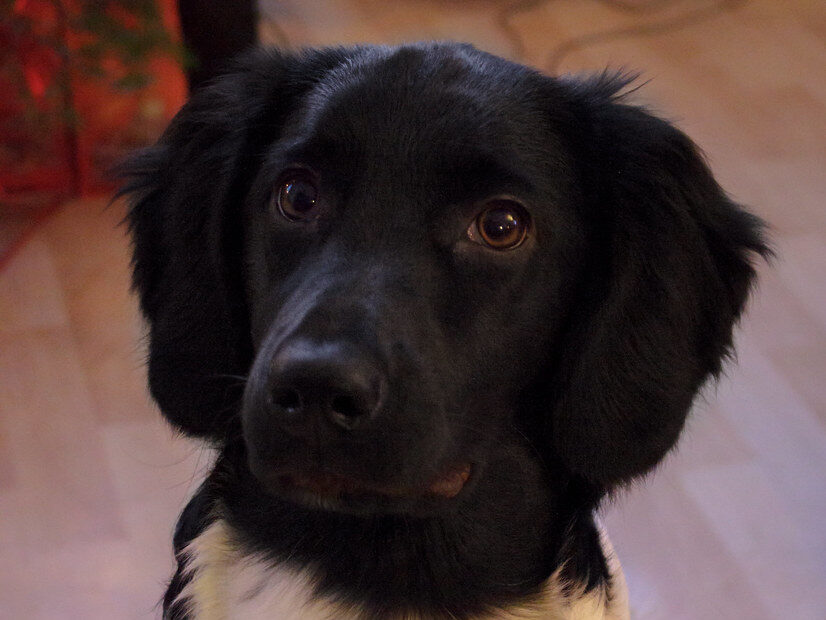
Pronounced “STAH-bay-hoon,” this Dutch gundog is one of the rarest breeds in the world, with fewer than 5,000 known worldwide. Originally bred for versatility—hunting, guarding, and even rodent control—the Stabyhoun is patient, obedient, and incredibly loving. However, due to careful breeding in Friesland (a region of the Netherlands), exports are rare and slow.
